STiM Group offers the entire range of road marking products. The company also builds roads and provides striping services. But what may come as a real surprise to the outsiders is that you use unmanned vehicles in your work. Tell us a little bit more about these innovations.
There were two main factors behind our decision to launch the production of unmanned vehicles. Firstly, when I was in the USA back in 2002, I saw huge 40-tonne trucks mark the roads. There was no way for the operator inside the truck to make the old and new stripes match, as the paint guns were as low as the truck's back wheels. As a result, 10 cm wide stripes would expand with time getting as broad as 50 cm on the road bends. A more flexible solution was needed for the paint guns to match the contours of the old marking.
Secondly, every year, in Russia and Belarus, one or two road marking teams die in road accidents caused by traffic restrictions during striping works. Fatalities are most frequent among machine operators, as they are the least protected of the team. That is when it occurred to me that we can remove operators from the marking machines and place them into the shadow truck's cab. So we came up with the idea of unmanned vehicles.
Tell us a bit more about the progress on the project.
Since 2002, our company has developed eight generations of unmanned vehicles, which took us one step closer to the realisation of our dreams. In 2011, we presented the first unmanned vehicle. It was a prototype rather than a serial product, but it could nonetheless navigate on the road, identify the old marking and align the fresh pattern with the old stripes. On top of that, the vehicle had no operator inside. Since 2011, we have been working hard to upgrade the machine.
STiM takes an active part in the ROAD exhibition. STiM’s exhibition stand at ROAD-2017 in Moscow.
As a matter of fact, our vehicle is a piece of additional equipment, which allows the operator to stay inside the cab and drive at a comfortable speed of around 20 km per hour. He can diverge from the target marking by a factor of 80 cm, as the unmanned vehicle can identify the old striping within the identified range and cover it with new paint with a predicted error of up to 5 mm.
We are negotiating with the US road marking companies and equipment manufacturers to promote our machinery in the North American market.
A number of such vehicles has already been put in operation in Russia. Moreover, we are negotiating with the US road marking companies and equipment manufacturers to promote our machinery in the North American market.
Do you have any competitors? Are there any other manufacturers of similar equipment?
No, so far no other company from the global market has developed similar machinery, so we remain the trailblazers here.
In Russia, we blame it all on bad roads...
Tender procedures are the Achilles heel of Russia's road construction industry, as the bidders do not have to go through an in-depth pre-qualification process. As a result, the lowest bids land the contracts without guaranteeing the quality of provided services. Each year, bid prices go down, dropping below the cost of production in certain regions.
For example, if prices at the end of the tender process go down to a level of 40–50% below the starting price, the bidder will clearly not be able to deliver high-quality road marking services. That is where cost cutting steps in, with the contractor applying 2–3 kg of thermoplastics per sq m instead of the required 6–7 kg. Some customers specifically ask us to sell them diluted products so that they could cover the largest possible area.
The latest STiM development: Kontur 1500, a universal modular machine (designed for all types of marking).
As a result, the quality of road striping remains very low. Unlike in Europe, Russia's road marking does not "glow", because 300 microns thick stripes are not enough to bond retroreflective beads with a diameter of 600 microns – they simply would not bind.
Is there anything that could help to improve the situation?
Tender procedures are the Achilles heel of Russia's road construction industry, as the bidders do not have to go through an in-depth pre-qualification process.
Yes. First, we need to do the research and introduce reasonable price limits, which will exclude services of inferior quality. Such minimum prices are easy to define for any given section of the Russian roads. Hence, when bidders hit the lower point of this range, price criteria should no longer be applied to select the winner. We need to come up with some new criteria to replace the price-based assessment.
Second, we need to ensure ongoing road marking monitoring. We are only making the first steps down that path, as we start to measure the brightness of road marks and control their geometric parameters. The catch is that low-quality striping can pass the tests conducted immediately after the commissioning and lose its useful properties in just several months thereafter. That is why we need to check the state of road markings throughout the year. There are sorts of roads: you have roads for tractors and roads with high traffic intensity. Obviously, they are more exposed to wear and tear and require regular marking works throughout the year. To be able to remedy such deficiencies without going broke, the contractor needs to have some space for manoeuvre in terms of price. If the price drops below the acceptable level from the very start, the contractor has only two options – either go bankrupt or deliver low-quality services.
What is the share of Russia in the total volume of the company's supplies?
Although we sell our products in a variety of countries, Russia remains our key market accounting for approximately 40% of total supplies. Western Europe is another big export market. The company's share of the marking materials market stands at 55% in Poland and 70–80% in Lithuania. We also enjoy a prominent market position in the Czech Republic, Bulgaria, Romania, Hungary, Germany and Finland. For example, we have been the only supplier of marking materials in Helsinki for three years in a row.
The company supplies equipment to Morocco, the USA and France, while our most far-flung export destination was Mauritius (further away than Madagascar!). As you can see, our footprint is fairly wide.
Packages of Strela cold plastic.
Are there any untapped markets that you are particularly focused on?
Russia started producing high-quality feedstock gradually substituting the imports. Currently, the share of Russian raw materials reaches 40–50%.
Surely. France remains a pretty closed market. Spain and China have a significant potential. China's market capacity is impressive, but the country has so many peculiarities that we do not even know where to start.
How many materials and components do you source from Russia for production purposes?
The share of Russian products in our road marking materials increases every year. When we started, all feedstock was imported from abroad, as we could not find what we needed in Russia and the CIS. We would purchase chalk from processing facilities in Denver. As it was the purest medical chalk used for producing toothpaste, all our attempts at replacing it with other raw materials inevitably led to the deterioration of the end product. Fortunately, as time passed, Russia started producing high-quality feedstock gradually substituting the imports. Currently, the share of Russian raw materials reaches 40–50%.
The supply of high-quality equipment is somewhat weaker, though. In most cases, domestically produced machinery (we mainly purchase engines, compressors and hydraulic equipment) is not ready to face competition from Western firms. On a positive note, Russia has a substantial engineering potential. That is why STiM cooperates with a number of Russian R&D institutions running joint equipment manufacturing projects.
STiM’s certified testing lab responsible for incoming inspection and quality control of manufactured products.
What are the key areas of cooperation between your company and SIBUR?
We have been collaborating with SIBUR for about five years focusing primarily on monomers and solvents. The procurement volumes have been building up over the years, and I hope to see them continue growing in the future. Moreover, employees of the two companies have developed strong business and personal relations. Dealing with problems is an indispensable part of any working process, but SIBUR and STiM have always been able to find compromise solutions. Maintaining a high-level partnership like that requires a strong customer focus, which is a key to the company's success going forward.
On top of that, we would like to establish scientific cooperation with SIBUR. We could launch joint R&D projects, as we are already working in that direction. Bringing our R&D capabilities closer together can help improve product quality and composition, which would undoubtedly benefit both parties.
SIBUR and STiM have always been able to find compromise solutions. Maintaining a high-level partnership like that requires a strong customer focus, which is a key to the company's success going forward.
What do you think about evolution of the petrochemical industry over the past few years?
For STiM Group 2017 was a successful year, as we increased sales across the product line. That is not to say that we had no problems to deal with. This was a turbulent year for the feedstock market (especially in the segments of titanium dioxide and acrylic resins) with supply disruptions and price volatility galore. But we gradually got over it.
Import substitution as the key trend in the wider industry cannot but inspire optimism. As recently as one decade ago, a lion's share of petrochemical materials and feedstock was sourced from abroad, while today import substitution has had a strong impact on nearly all product categories. Russian manufacturers started off with the most basic materials and gradually enhanced their offering to finally provide domestic products of high-quality and substitute Western exports.
Today, the industry clearly focuses on higher added-value chemical products such as anti-corrosion paints and complex anti-corrosion solutions used for coating train cars. Traditionally, this has been a very technically challenging segment, with imports seen as the only viable option until recently.
All this means that Russia is becoming more and more self-sufficient. I think that the next step will be manufacturing of niche materials for select segments, as these products boast the highest margins and are needed to deliver disruptive hi-tech solutions.
Download PDF

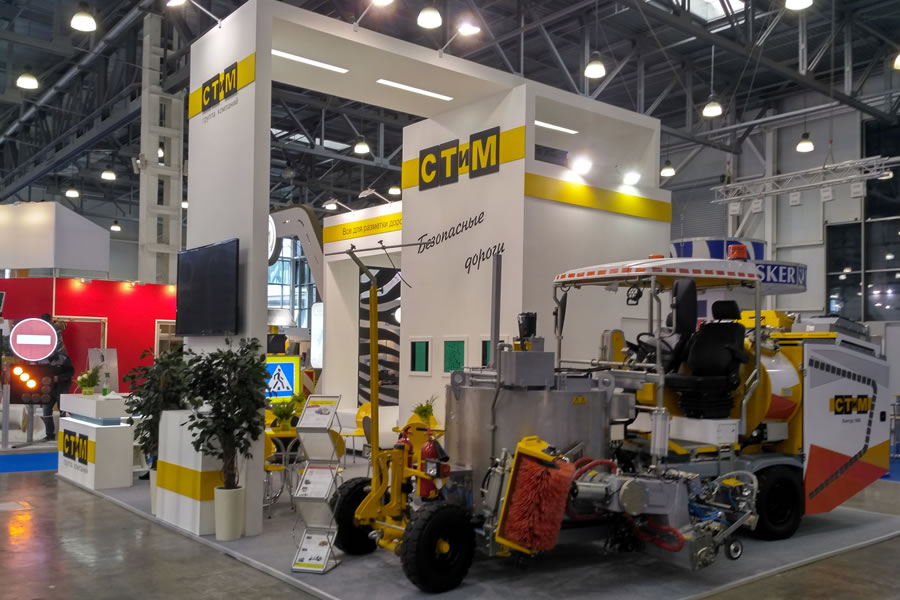
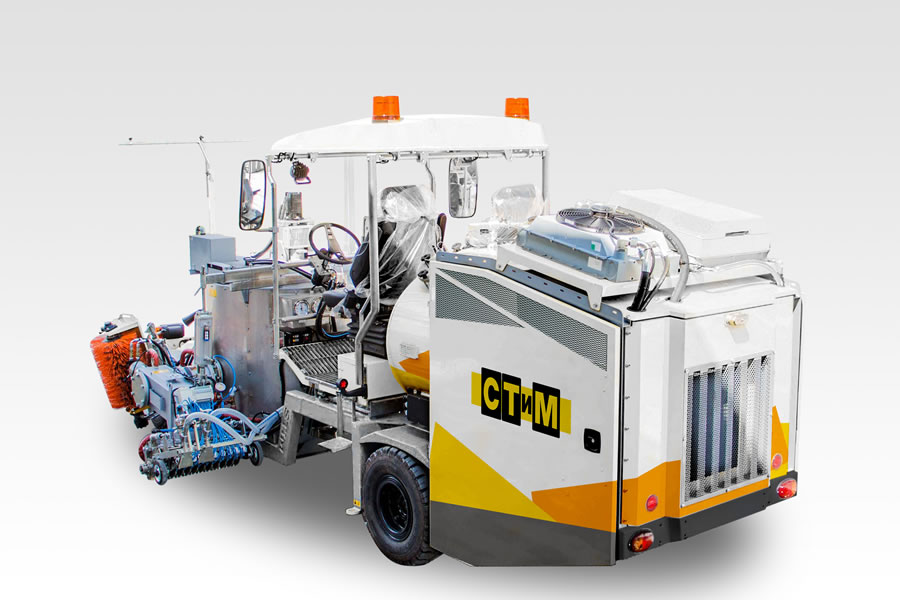
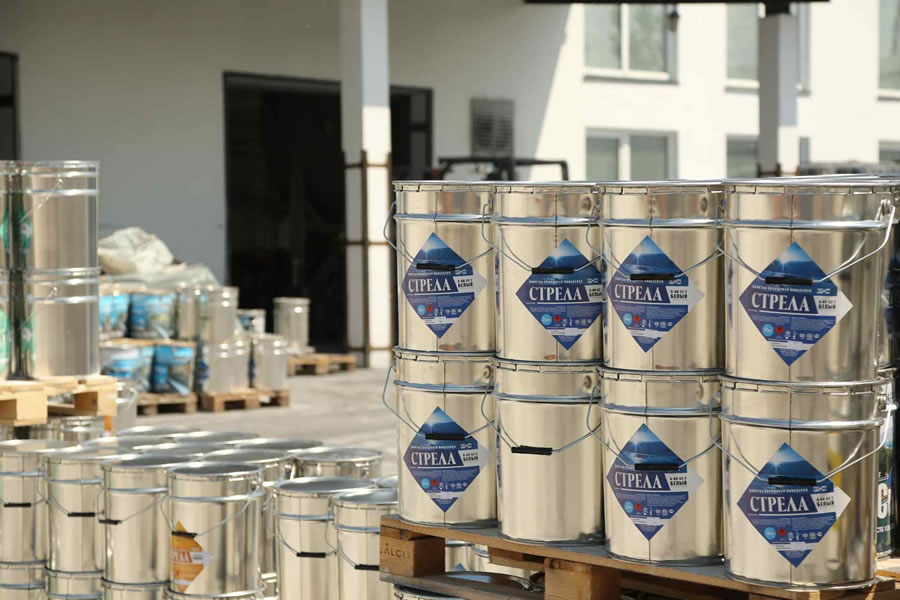
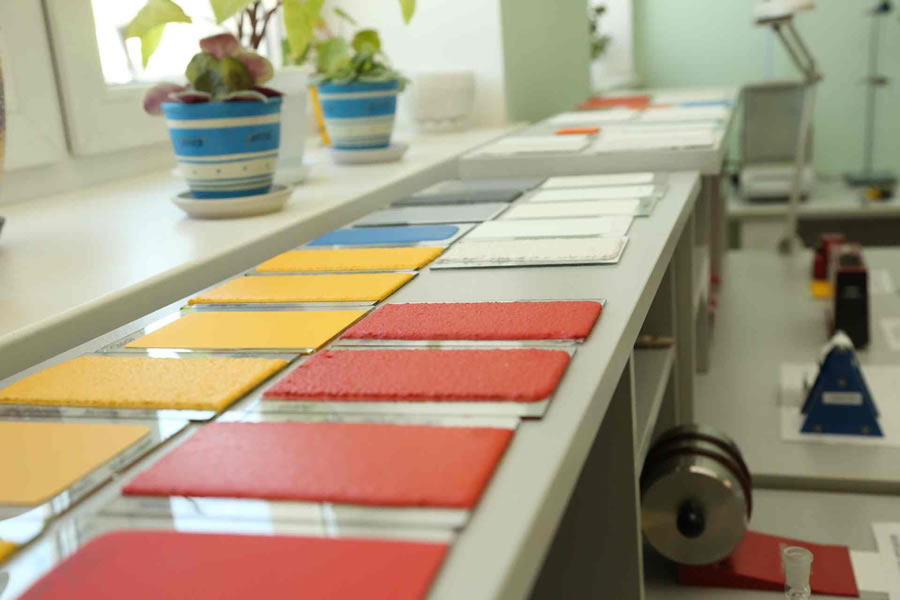
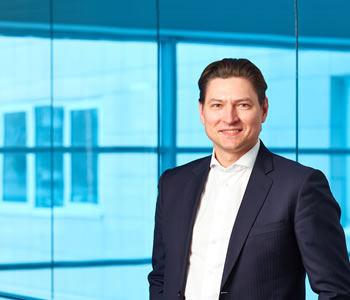
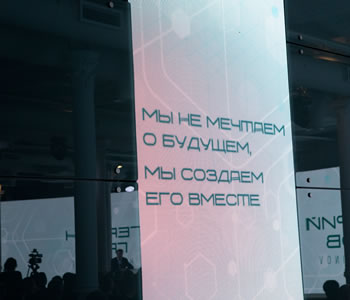


STiM Group
One of the largest suppliers of materials and equipment for road marking in Russia and Belarus, with the share in the Russian striping materials market varying from 30% to 70% across the product range and export flows to Europe, the USA, Iran, Syria, Morocco, Mauritius and other countries.